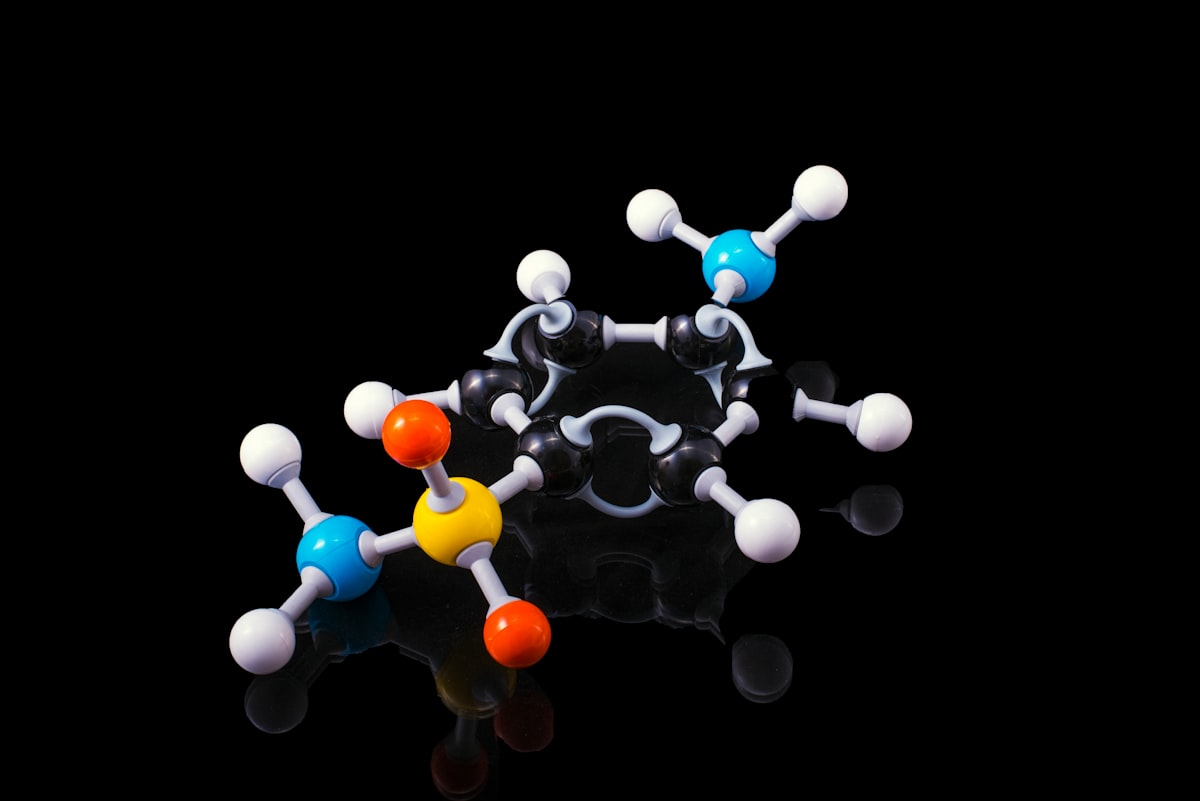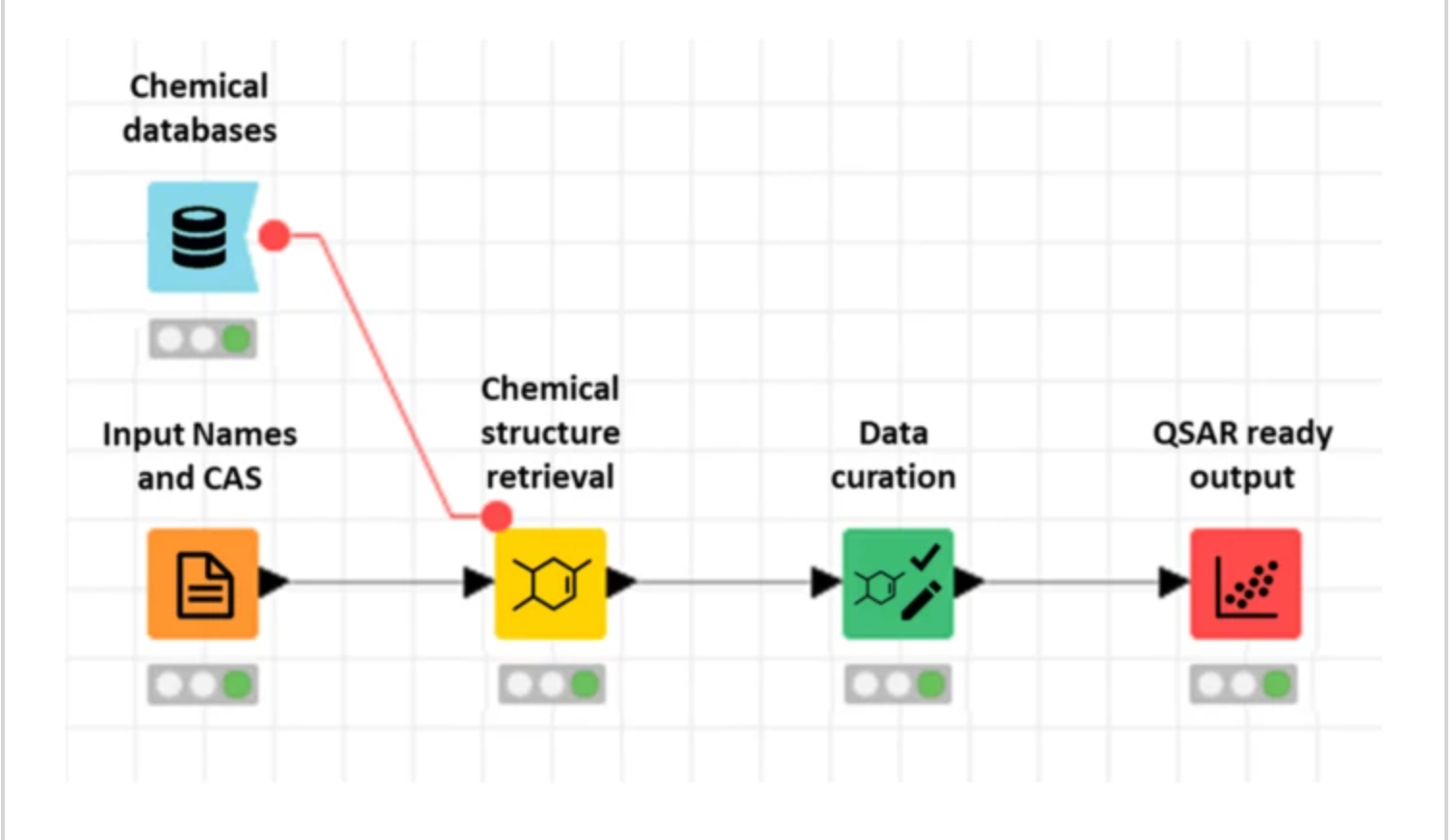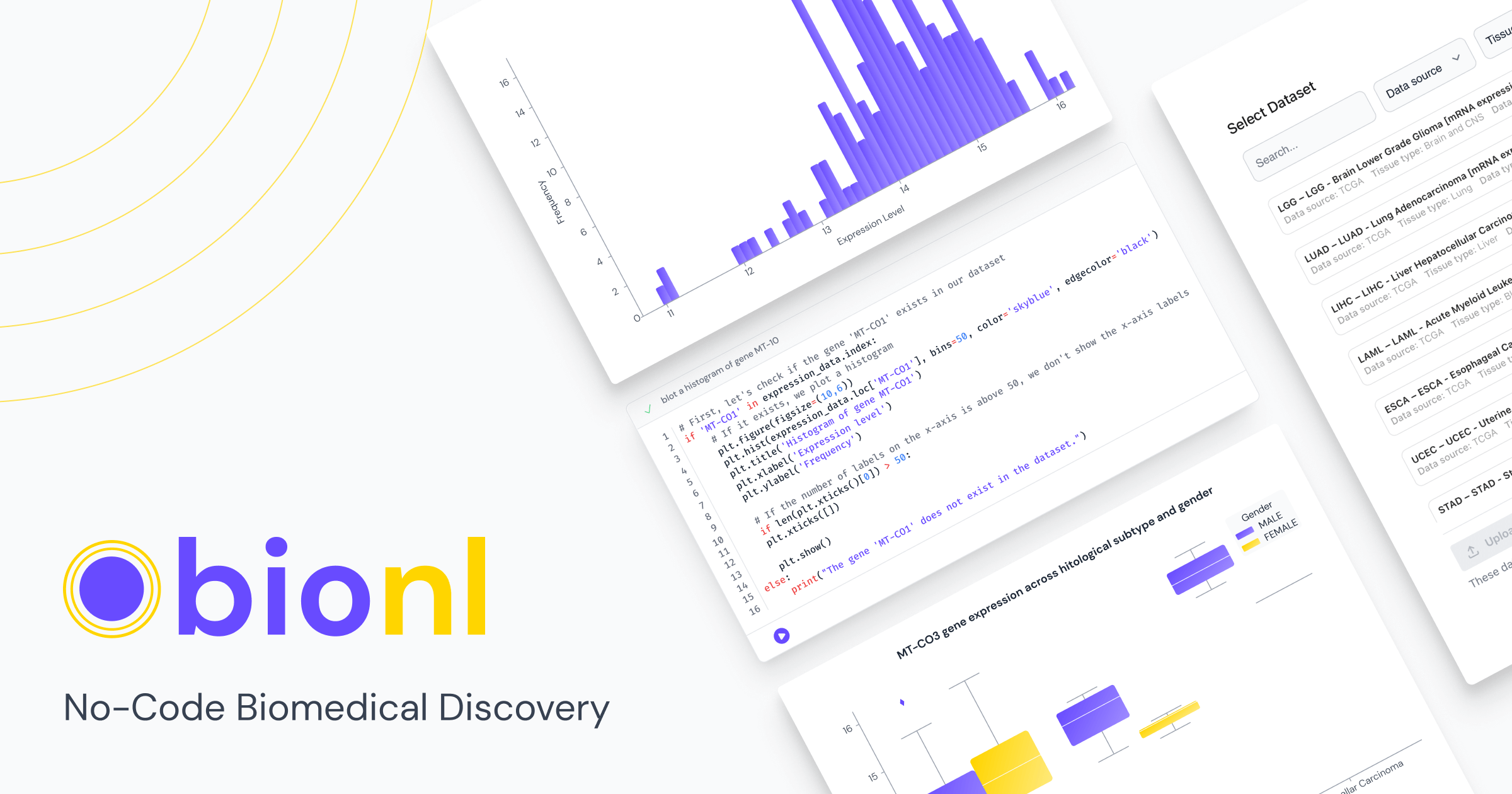Chemoinformatics Role in Drug Discovery

When talking about informatics in science, we often link it to large biological data like DNA sequence, while this is true and important in its own scope, chemical data is also important to spot the light on, especially in topics like Drug discovery. Chemoinformatics is a field that joins computer science and chemistry; for chemistry is the backbone of biological matters, making it essential in drug synthesis.
Utilizing machine learning models with chemical data increases the understanding of important terms in medicinal chemistry, such as structure activity relationship (SAR), where the chemical structure highly influence the biological activity of the compound; hence, drug synthesis and drug discovery is far away from random!
The following illustration shows a chemoinformatics workflow example.

Chemoinformatics extended roles:
1. Target Identification: Chemoinformatics helps build computational models to predict potential targets, guiding researchers towards the most promising avenues.
2. Virtual Screening: Testing billions of compounds physically is an impossible task! Virtual screening uses computational tools to analyze vast libraries of molecules, predicting their potential interaction with the target. This eliminates unsuitable candidates, saving time and resources.
3. Lead Optimization: Once promising leads are identified, they need fine-tuning for potency, safety, and other desirable properties. Chemoinformatics tools predict these properties based on the molecule's structure, optimizing the drug candidate.
4. ADMET Prediction: Before clinical trials, it's crucial to predict how a drug interacts with the body (absorption, distribution, metabolism, excretion, and toxicity). Chemoinformatics models can analyze these properties, potentially flagging potential issues early on.
TEDx Talk present's this video involving different aspects of computational chemistry and drug discovery.
Major chemoinformatics applications
- Cancer Research: Identifying and optimizing compounds that target specific cancer mutations.
- Antibiotic Development: Designing new antibiotics to combat antibiotic-resistant bacteria.
- Personalized Medicine: Tailoring drug treatments based on individual genetic profiles and tumor mutations.
The Impact of Chemoinformatics:
- Faster Drug Discovery: By streamlining processes and reducing reliance on expensive physical experiments, chemoinformatics significantly speeds up the drug discovery timeline.
- Reduced Costs: With virtual screening and property prediction, researchers can focus resources on the most promising candidates, saving time and money.
- Increased Success Rates: Chemoinformatics helps identify better drug candidates early on, improving the chances of successful clinical trials and ultimately bringing new targeted drugs to patients faster.
Chemoinformatics tools
Choosing a tool depends on multiple factors, as to the research purpose, methods and available tools and resources, for open source tools CDK and Open Babel are famous tools using programming languages like Java and C++ respectively. Chemoinformatics databases like PubChem, ChEMBL, ZINC, and DrugBank are widely used public databases containing various chemical information. Numerous webservers like PASS, SMARTS, and FCFP4 also provide online access to specific cheminformatics calculations and predictions.
Looking Ahead:
The chemoinformatics advancements promise even more efficient and accurate drug discovery, leading to personalized medicine and improved health outcomes. It is always fascinating to unlock the mystries of chemical structures, and how they influence drug discovery, and drug development processes.



